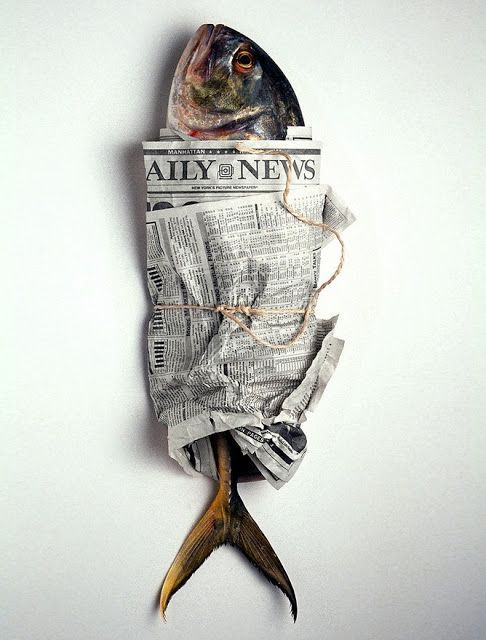The Importance of Crediting Photo Sources in Journalism
In journalism, it is essential to give credit where credit is due, especially when it comes to visual content such as photographs. Crediting photo sources not only acknowledges the hard work of the photographer but also maintains ethical standards in journalism.
1. Ethical Responsibilities in Journalism
When using photographs in news articles, it is important to remember that these images are the result of someone’s hard work and creativity. Failing to credit the source of the photo is not only unethical but also disrespectful to the photographer. By providing a proper photo credit, journalists uphold the principles of fairness and transparency in their work.
2. Impact on Photographers
For photographers, receiving proper credit for their work is a matter of professional recognition and livelihood. When their photographs are used without acknowledgment, it diminishes their ability to build their portfolios and gain exposure for their talent. In some cases, photographers rely on the recognition of their work to secure future opportunities and assignments. Therefore, crediting the photo source is a crucial step in supporting the photography community and respecting their creative contributions.
3. Legal Ramifications
Failing to credit the source of a photograph can also lead to legal issues such as copyright infringement. Photographers are protected by copyright laws, and using their work without permission or proper credit can result in legal consequences. By crediting the source of the photo, journalists and publications can avoid potential legal disputes and uphold the rights of the photographers.
4. Best Practices for Crediting Photo Sources
In order to maintain ethical standards and respect the rights of photographers, journalists should follow best practices for crediting photo sources. This includes clearly identifying the photographer or the source of the photo, whether it is a stock image agency or another publication. Additionally, providing a link to the photographer’s portfolio or website can further promote their work and give readers the opportunity to explore more of their creations.
5. The Impact of Digital Content
In the digital age, the use of visual content has become more prevalent, and the need for proper accreditation has become even more important. With the widespread sharing of images across various online platforms, it is easy for photos to be used without proper credit. However, journalists and publishers must make a conscious effort to uphold ethical standards and ensure that photographers are acknowledged for their work, even in the digital realm.
6. Building Trust with Readers
By consistently crediting photo sources in their articles, journalists and publications can build trust with their readers. When readers know that the visual content they are viewing is properly sourced and credited, it enhances the credibility of the publication. Additionally, it shows respect for the original creators of the content, which can positively impact the reputation of the publication.
7. Conclusion
In conclusion, crediting photo sources in journalism is not only a matter of ethical responsibility but also a means of supporting and respecting the work of photographers. By following best practices for crediting photo sources, journalists and publications can uphold ethical standards, avoid legal issues, and build trust with their readers. It is essential for the journalism industry to prioritize proper photo accreditation, as it not only acknowledges the creative contributions of photographers but also maintains the integrity of visual content in news articles.
You can review our digital products by following us on Etsy.





